| Interviews |
Interview: Rosa Llopis - Hospital La Fe
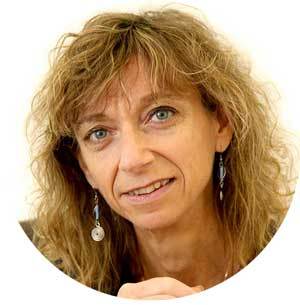
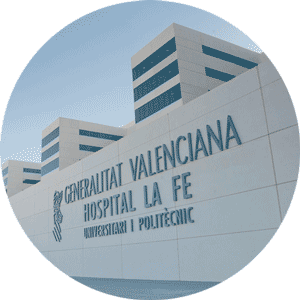
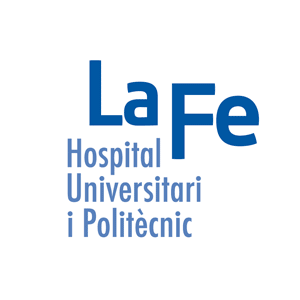
On 7 and 8 October, the Hospital La Fe will host the CIO gathering of the year organised by HIMSS Europe: the CIO Summit. What do your think will be this year’s highlights?
This will be the sixth edition of HIMSS Europe CIO Summit and it has already established itself as an event of the utmost importance in the field of healthcare IT in Europe. Therefore, the fact that it will be held in our hospital is a huge responsibility, but we are also privileged to be this year’s hosts. We will have the opportunity to share knowledge and experience with leading professionals in the field. We will have the chance to hear first-hand views from pioneer hospital CIOs in Europe as well as leading companies in the sector. In addition, the vast networking opportunities which the Summit offers this year will also allow us to exchange ideas and technological solutions we have implemented in our hospitals on an individual basis, which I personally find extremely valuable.
Can you offer an insight into what we can expect from the guided Hospital Tours in La Fe during the CIO Summit?
Our hospital (La Fe) is now 47 years old, but it was only four years ago that we moved into a new building, which gave us the remarkable opportunity to introduce new technologies and redefine the IT processes. Thanks to this, and due to an outstanding effort from the whole team, we have managed to implement leading solutions to facilitate the work of professionals by eliminating the use of paper and increasing the safety and quality of care to patients. The Hospital Tours aim to provide an insight into the solutions and technology that we used.
During the tours, the groups will visit the pharmacy, where the different preparation phases will be explained. This includes the unidose division of drugs, dispensing and preparation of Kardex automated cabinets, carts used on the nursing floor, as well as the use of robots in the logistics department and pharmaceutical validation of prescriptions.
We will also visit a hospital ward where we can see how nurses perform their tasks with the use of appropriate carts with devices enabling them to identify the patient via RFID, register the EMR data collected, introduce care plans and perform drug administration (thereby completing the closed loop medication cycle). In the ward, we will also see the mobility solution which provides the physician with access to patient EMR through their own tablet, using VDI technology.
We have organised the Hospital Tours in four groups of 20, having two groups which will be shown around in English and the other two in Spanish.
How do you go about developing and implementing eHealth solutions at La Fe Hospital and what are the hospital’s objectives and next steps?
We have a large hospital and the distances can be very long, which is why it is becoming increasingly important for our staff to be able to access the patient’s EMR information from any given location in the hospital, especially during rounds. As a result, even though we currently don’t have the financial support to do so, we are developing and will soon be launching a solution which would enable clinicians to access their patient’s EMR from their own tablets. In doing this, we need to ensure maximum security of access and avoid downloading information from these non-corporate devices, so we used the Virtual Desktop Infrastructure (VDI) which is already implemented in the hospital.
Additionally, we will soon be launching a solution which will enable access to patient records by the Home Care Unit staff members when caring for the patients in their homes with their tablets. We are also working on an app for our patients and visitors to find their way around the hospital.
The Hospital La Fe was awarded with a HIMSS EMRAM Stage 6 in March 2014. What has this achievement meant for the hospital?
La Fe is a large hospital and has 7,000 members of staff. Receiving the Stage 6 award really was great recognition of the hard work we all invested in the implementation, adoption and use of new technology solutions. When we transferred to the new hospital building many new information systems were introduced, and the award from HIMSS Analytics Europe was recognition that all the new systems had been successfully implemented.
In particular though, the IT department felt extremely satisfied and rewarded once we discovered that we were definitely on the right track. Today, we are working on strengthening and improving the current solutions we have with the aim of ultimately being able to achieve a HIMSS EMRAM Stage 7 award. It will not be easy, but we will continue to work as hard as we have been for several years and we hope to be able to achieve it one day.
Interview: Vicent Moncho Mas reveals what we can look forward to during his hospital tour
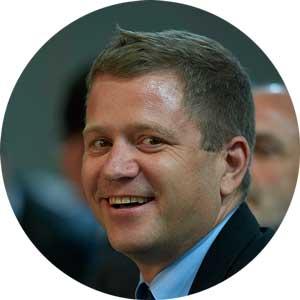
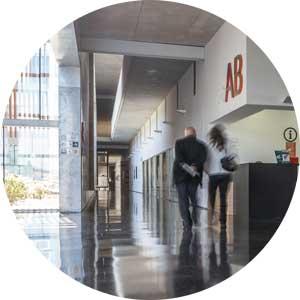
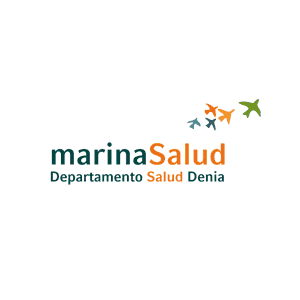
The Marina Salud Hospital in Denia became a paperless hospital in 2012, achieving the top accreditation of the HIMSS EMRAM scale: a Stage 7. What has changed since then?
In reality, Denia has been a paperless hospital since it opened in 2009. The key objective was to avoid having a clinical physical file and this required that processes like the patient’s clinical documentation needed to be supported by IT systems.
Receiving a HIMSS Stage 7 Award was a recognition of the efforts that had been made in the previous 5 years and marked the beginning of a new challenge: to redesign processes with the aim of obtaining the highest possible level of efficiency and effectiveness of the organisation.
In October the annual CIO Summit will be taking place in Valencia, at Hospital La Fe. As part of the programme Marina Salud will be hosting a number of groups, offering guided Hospital Tours. What can we look forward to?
The visits will have two components: the first part will be centered around the hospital staff, who will frankly and openly share their experiences and tell you about what it is like to work in a paperless environment. This will take place in key areas such as the emergency and hospitalisation areas. Secondly, being a Stage 7 hospital with limited resources requires highly innovative organisational models in the IT area and this will be the most technical part of the visit; we will be sharing our internal hospital IT organisation with you.
One of the topics to be presented at the CIO Summit will be "Patient Engagement". Tell us how you go about improving the patients’ experience in Marina Salud and what procedures you use to achieve this.
We have had successful experiences in our prosthetic department which is getting very positive results. However, information systems do not play a key role here, but are used rather as a way in which the patients can learn to live with their new clinical conditions, avoiding future problems.
We strongly believe that our patient portal will be key moving forward. It will be the definitive administrator of all clinical information and will also allow for communication channels to be established with the patients’ physicians, etc.
(The portal is currently being developed, so no further results are available at this time.)
What role has the HIMSS EMRAM model had in Marina Salud’s development?
EMRAM has supported us in defining key points in our annual roadmap, and it is ultimately a guide which always helps us appreciate the importance of IT projects in our hospital.
If you had to give a reason why every European CIO should attend the CIO Summit this autumn, what would it be?
No matter the differences which exist amongst the various European healthcare organisations, 80% of problems CIOs have to deal with are the same. Hence, the CIO Summit is the best platform to come together and share, meet peers and acquire a different view. See you there!
VICENT MONCHO MAS, CIO, Hospital de Dénia Marina Salud S.A.


